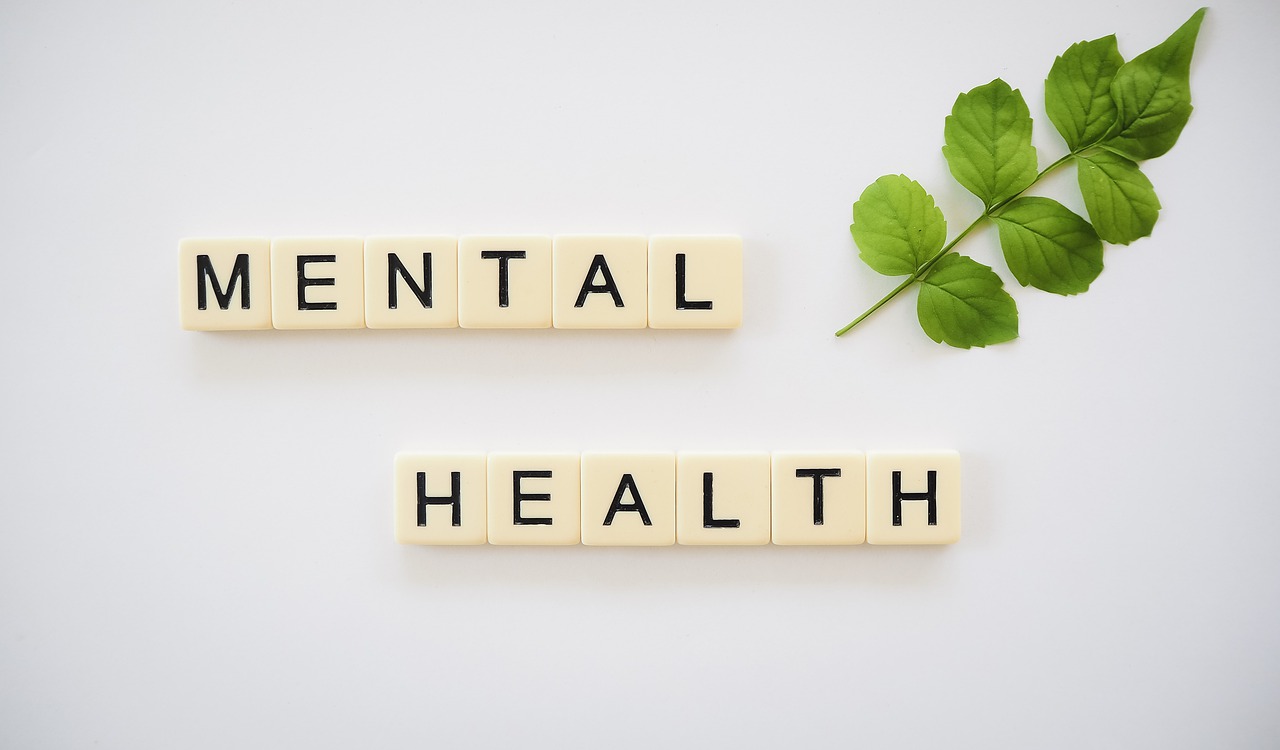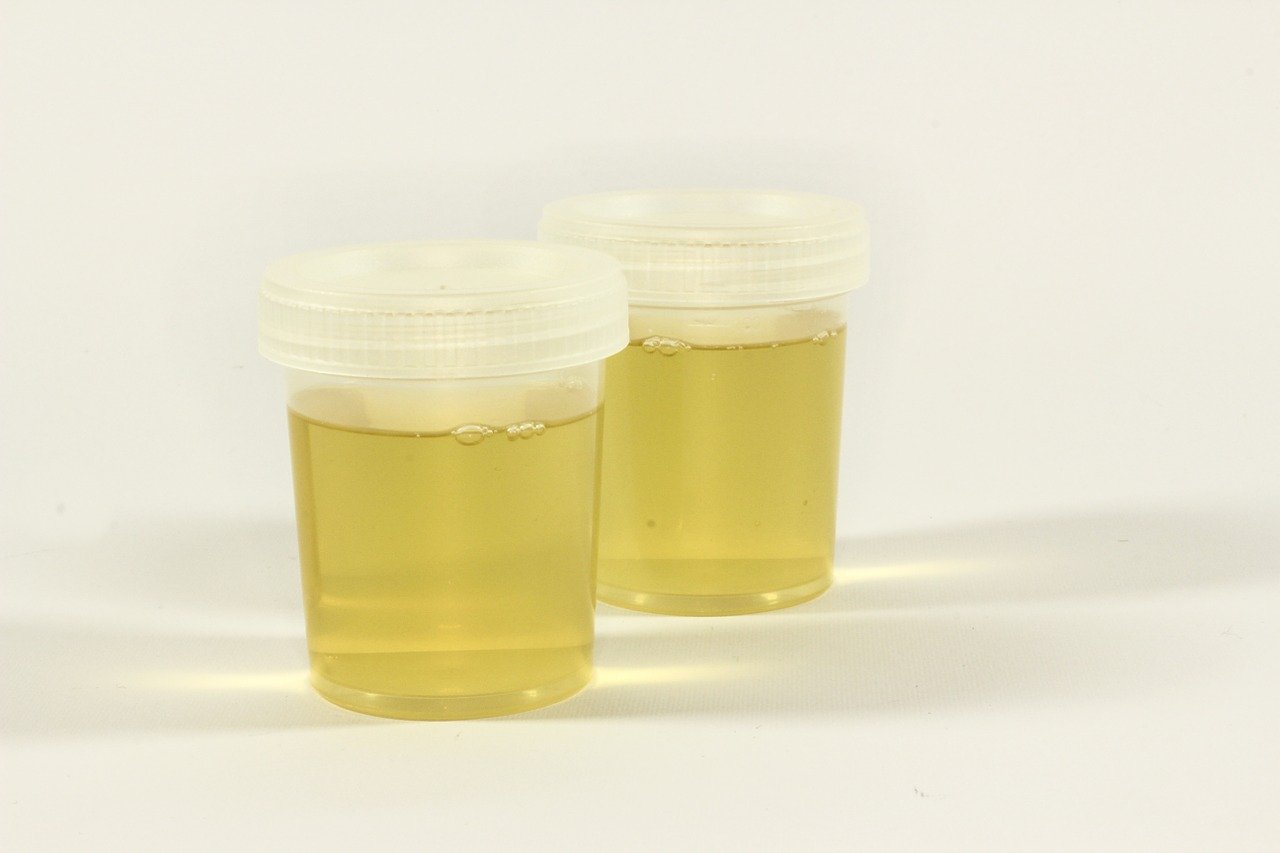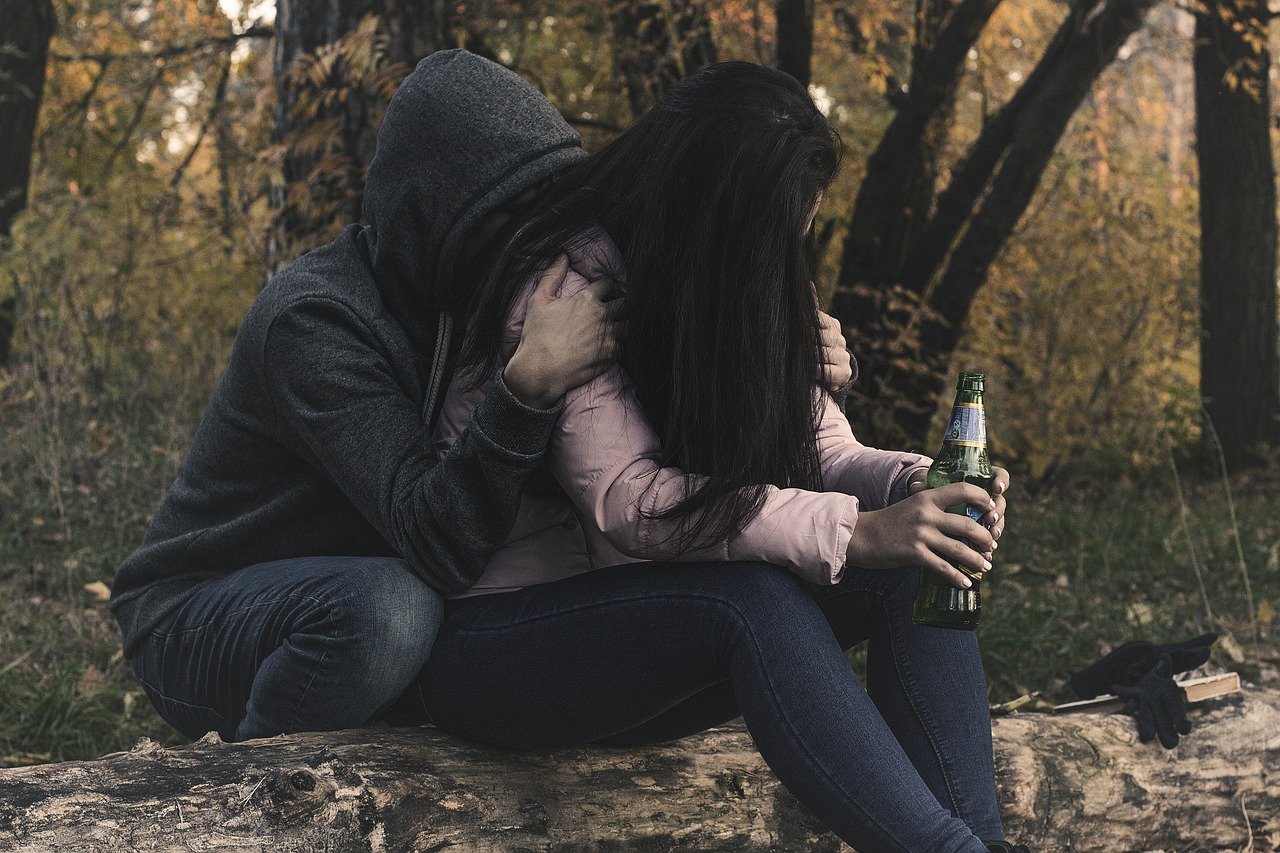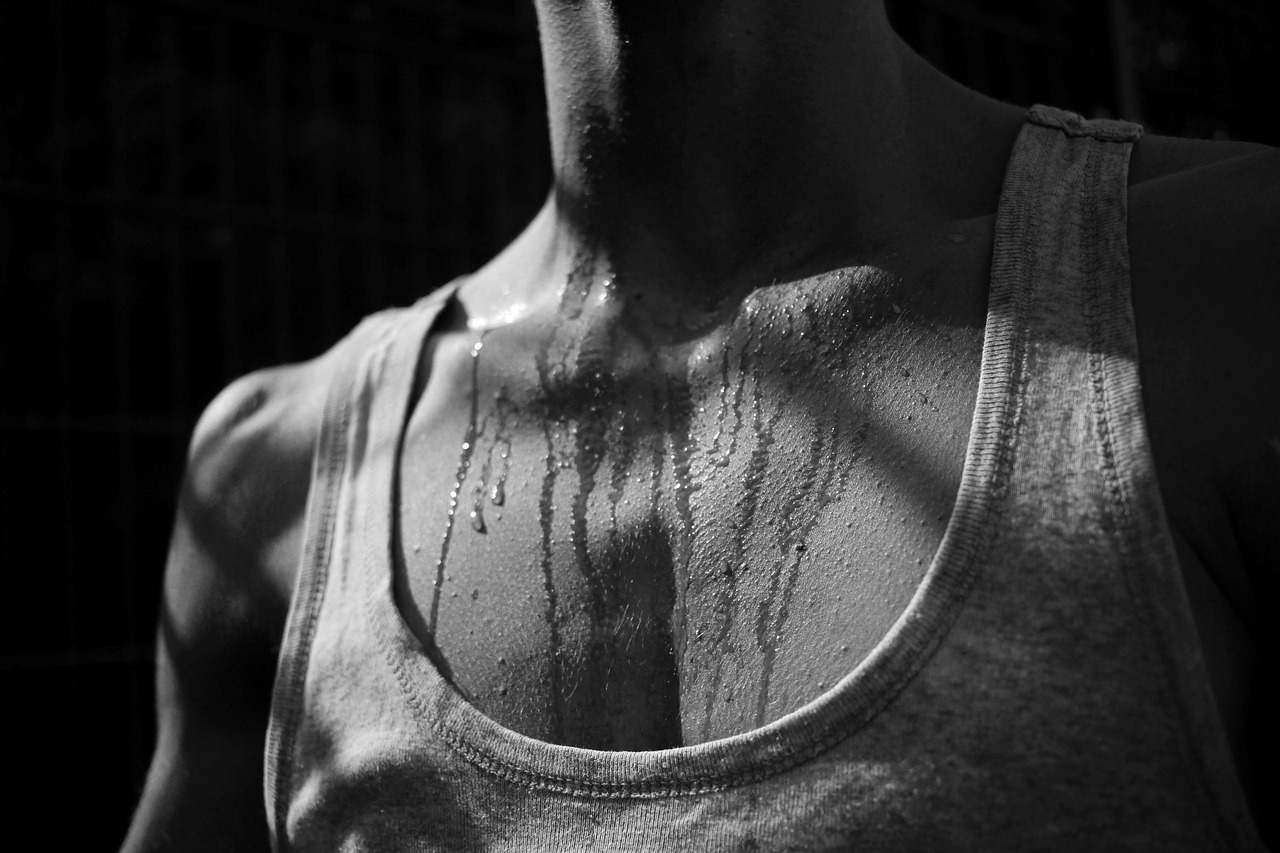How Long Does Xanax Stay In Your System
If you are wondering how long Xanax will stay in your body (urine, blood, hair, saliva, etc.), we have put together the most common questions and answers to give you more knowledge about this prescription drug. In this article we will answer some of the most common questions about how to recognize Xanax. How long does it remain in saliva (blood or urine), blood (saliva) or hair? If you are looking for help for substance abuse from Xanax it is important that you speak with a medical professional.

While the half-life of Xanax in urine is relatively short, someone who has been taking it for 90 days can be seen. Below is a list of how long Xanax can be tracked in your body, taking into account the drug tests that are performed on each individual. The half-life of a prescription drug in the blood (blood or urine) or saliva (saliva, blood, hair, etc.) can be up to 6 weeks, depending on its use.
How Long Does Xanax Stay In Your Urine
If you have a urine test done, there is a high probability that Xanax will appear in the test results. If you pass the urine tests, a positive drug result is highly likely, even if you have only taken it this morning. A saliva test can detect Xanax up to 2 weeks after taking a dose, starting at 2-3 weeks, but also only 1-2 days after the first dose. A blood test shows that it has only been taken for as long as it takes and is only detected after a few days. Typical detection for benzodiazepines in the urine are 2 to 7 days, depending on the person benzodiazepine drug used and other factors.
In any case, it is important to know how long Xanax will stay in your system due to the various factors. Xanax halving – the life span can range from one hour to one hour, but where does it stay in the system for over a month? How long does a Xanax dose do this in my system, and when it is possible for 20 mg of Xanax lasts for 2 weeks, 3 weeks, or 4 weeks?
This means that the length of time Xanax stays in your system can vary from day to day and even week to week. All these factors can influence the number of days, or even the duration, that Xanax can detect in a drug test. This depends on the amount of medication in your system, as well as the time of day and how much of it you are taking, but also on other factors such as your blood pressure and blood sugar levels.
People who have to take a drug test at work often wonder how long Xanax will stay in their system, and if you look at a particular substance, you want to answer that question. People who have pending drug screening at work or school may wonder how long Xanax will last In your system: How long will Xanax stay in my system? Your average individual can eliminate roughly half a Xanax dose from their system in about 11.2 hours, according to the Xanax prescribing information. It can take many days before your body fully eliminates Xanax from your system.
When we discuss how long Xanax stays in the system, it is important to understand which drugs are detectable in your system. The time you need to take Xanax and the duration of the medication’s stay in the system will affect how long it takes for this medication to be removed from your system. For individuals abusing Xanax a long term addiction treatment center is best option, starting with a medical detox.
It can be difficult to predict the exact duration for which Xanax remains in a person’s system, but it can manifest in just under two weeks and will more often last 30 to 60 days. The longer you take it, the higher the concentration in the urine and the longer it takes to eliminate it completely. If you take it regularly, you will probably have a higher concentration of it in your system for a longer period of time. About 2 weeks, known as the time it remains in the urine (depending on Xanax), will remain about 2 months, or about 1.5 to 2 years if taken regularly.
A study of 25 people who used saliva samples found that the maximum time Xanax can be detected in oral fluid is 2 1 / 2 days. A study by the National Institute of Drug Abuse (NIDA) and the US Centers for Disease Control and Prevention (CDC) found that they last 2-3 days, or about 1.5-2 years, if taken regularly. A study by the NDA, the US Department of Health and the University of California, San Diego, has shown that the minimum time spent in oral fluid is two to three weeks.
Couples Rehabs notes that factors that determine how long Xanax stays in your body include how much Xanax you have taken, how long it has been in your system and how often you take it. Again, there will be a difference between how often the medicine has been taken and how long it has been taken. If you are in need of a couples rehab for Xanax please contact the number provided or click the highlighted link.
However, a dose of Xanax remains detectable in the body for two to five days, and one to three days of it remains in the urine. Depending on the above factors, it can stay in our system for up to six to eight days. The exact duration depends on the dose a person has taken and how much medication he has in his system.












Recent Comments